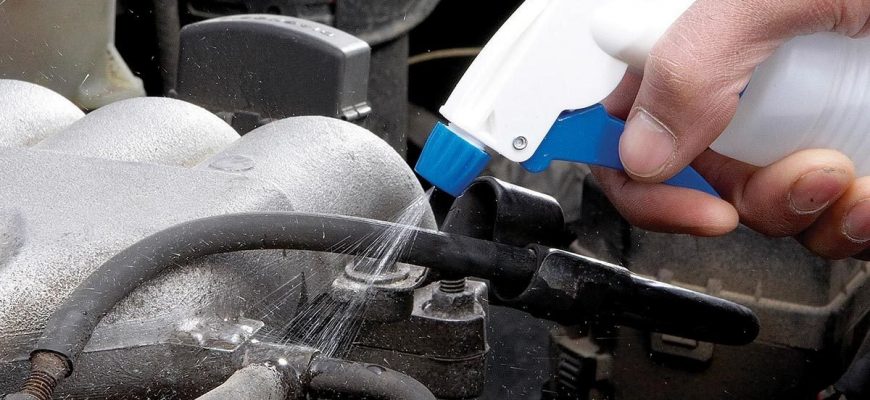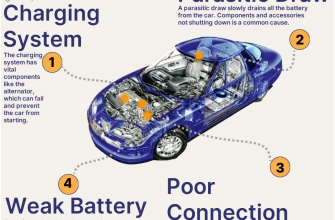When it comes to car maintenance, one of the most elusive yet critical issues drivers face is the vacuum leak. A vacuum leak can lead to a range of performance problems, including poor fuel efficiency, rough idling, and even engine stalling. In this article, we will delve into the causes, symptoms, and diagnostic methods for identifying vacuum leaks in your vehicle.
What is a Vacuum Leak?
A vacuum leak occurs when extra air enters the engine’s intake manifold, disrupting the air-fuel mixture that is essential for optimal engine performance. This imbalance can lead to a host of issues, making it vital for car owners to understand how to identify and address vacuum leaks.
Common Causes of Vacuum Leaks
- Worn or Damaged Hoses: Over time, rubber hoses can crack, become brittle, or detach, allowing air to seep in.
- Faulty Gaskets: Engine gaskets can degrade, particularly around the intake manifold, leading to leaks.
- Loose Connections: Components like the throttle body or intake manifold can become loose, creating gaps where air can enter.
- PCV Valve Issues: A malfunctioning Positive Crankcase Ventilation (PCV) valve can also contribute to vacuum leaks.
Symptoms of a Vacuum Leak
Recognizing the signs of a vacuum leak can save you from more severe engine problems down the line. Here are some common symptoms:
- Rough Idle: If your engine is idling unevenly, it could be struggling to maintain the correct air-fuel ratio due to excess air.
- Check Engine Light: A vacuum leak may trigger the check engine light, prompting you to investigate further.
- Increased Fuel Consumption: A disrupted air-fuel mixture can lead to inefficient combustion, causing your fuel consumption to spike.
- Hissing or Whistling Noises: Unusual sounds coming from the engine bay may indicate escaping air.
Diagnosing a Vacuum Leak
Once you suspect a vacuum leak, the next step is diagnosis. Here are some effective methods to pinpoint the issue:
1. Visual Inspection
Start with a thorough visual inspection of all hoses, gaskets, and connections. Look for cracks, wear, or anything that seems out of place.
2. Use of an RPM Gauge
Start your engine and observe the RPMs. If the RPMs fluctuate significantly, it may suggest a vacuum leak.
3. Smoke Test
A smoke test involves introducing smoke into the intake system, allowing you to visually identify where the smoke escapes, indicating a leak. This method is highly effective and often used by professionals.
4. Carburetor Cleaner Test
Spraying carburetor cleaner around suspected areas while the engine is running can help identify leaks. If the engine RPMs change as you spray it, you’ve found the leak.
Understanding vacuum leaks is essential for maintaining your vehicle’s performance and efficiency. By recognizing the symptoms and employing effective diagnostic methods, you can address these issues before they escalate into more serious problems. Regular inspections and maintenance can help ensure your engine runs smoothly, keeping you on the road with confidence.










I never realized how critical vacuum leaks were for engine performance. The explanations are clear and easy to follow. Thank you for this informative piece!
Fantastic article! The section on common causes of vacuum leaks was especially helpful. I’ll be checking my hoses and gaskets soon!
This article provides a thorough understanding of vacuum leaks! I learned so much about the symptoms and how to diagnose them. Great read!
I appreciate the detailed information on diagnosing vacuum leaks. It’s something that can easily be overlooked, but this guide makes it manageable.
This article is a lifesaver for car owners! The tips on visual inspection are practical and straightforward. Highly recommend reading this!
I found the section about PCV valve issues particularly enlightening. Who knew such a small part could cause significant problems? Excellent work!
Great insights into the symptoms of a vacuum leak! I had no idea that a rough idle could be linked to this issue. Very useful information!